Buffalo Collision Involving Two Teens Reveals Risks of Teen Drivers
 In the state of New York, countless teen drivers are involved in fatal car collisions each year. Even a single death is devastating, but unfortunately teenagers face the most substantial risk of any demographic group of being killed in a car crash. Teens are especially at risk of getting hurt or killed in a wreck if they have any passengers in the car at the time when a young person is driving.
In the state of New York, countless teen drivers are involved in fatal car collisions each year. Even a single death is devastating, but unfortunately teenagers face the most substantial risk of any demographic group of being killed in a car crash. Teens are especially at risk of getting hurt or killed in a wreck if they have any passengers in the car at the time when a young person is driving.
Buffalo Collision Shows Risk For Teen Drivers & Passengers
This past winter, one of many collisions involving teen drivers occurred when an 18-year-old driver became involved in a crash with a snow plow. Buffalo News reports the 18-year-old’s vehicle moved across the center turn lane and crossed over into the eastbound lane where it struck one of three plows which were on the road at the time. A passenger in the car, who was 16, sustained injuries including cuts and a fractured vertebrae. Both the driver and passenger who were injured were taken to Erie County Medical Center for treatment.
The teen was issued two tickets in this case, with the first citation indicating he had moved from a lane unsafely and with the additional citation indicating he had failed to keep right. The reasons for the accident are still under investigation.
The fact the teen had a passenger in the car with him was a contributing risk factor to a crash occurring. A recent study from AAA Foundation for Traffic Safety clearly demonstrates dangers associated with young people having passengers in the car as they drive.
Having even one other passenger nearly doubles motor vehicle collision risk among teen drivers. The crash risk per mile doubles as soon as there are two passengers, and quadruples in situations where at least three additional passengers aged 21 or under are in the car with the teenaged driver as he is operating a vehicle.
CBS News, reporting on another recent study, revealed having passengers in the car was very risky for young people because these passengers could be more of a distraction than cell phone use, than eating, or then reaching for items inside of the vehicle.
Graduated licensing laws in New York recognize the dangers of having multiple passengers and impose a restriction on teens who have not yet become eligible for their full license available at age 18 (or aged 17 if the teen took driver’s education). Teens without their full license are allowed to have only one passenger under the age of 21 in the car with them at a time.
Graduated licensing laws limiting passengers can reduce dangers of crashes, but since NY law still allows one passenger, teens who drive around with at least one friend will continue to face a higher chance of a fatal crash.
Attorney advertising.





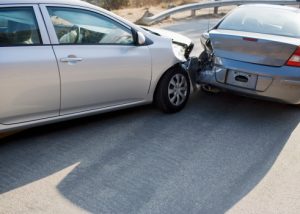 Front crash prevention systems installed in vehicles have reduced the number of
Front crash prevention systems installed in vehicles have reduced the number of  When
When 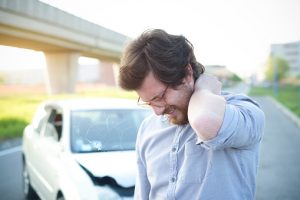 When a rear-end
When a rear-end 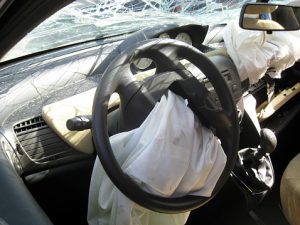 If you drove in 2015, you faced an increased risk of becoming involved in a motor vehicle accident.
If you drove in 2015, you faced an increased risk of becoming involved in a motor vehicle accident. 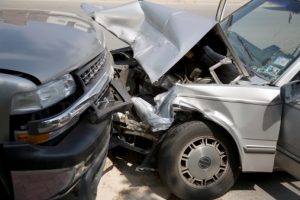 A Buffalo woman attempting to pass a car on Route 97 recently collided head-on with another vehicle. The woman was trying to pass another vehicle and was traveling eastbound in the opposing traffic lane. She collided with another car, killing the other driver instantly. She was also killed in the accident. According to
A Buffalo woman attempting to pass a car on Route 97 recently collided head-on with another vehicle. The woman was trying to pass another vehicle and was traveling eastbound in the opposing traffic lane. She collided with another car, killing the other driver instantly. She was also killed in the accident. According to  Tailgating at the Buffalo Bills game, or other professional or college sporting event, is a favorite pastime for Buffalonians. While going tailgating before the game can be a lot of fun, it can also put you and your loved ones at risk of
Tailgating at the Buffalo Bills game, or other professional or college sporting event, is a favorite pastime for Buffalonians. While going tailgating before the game can be a lot of fun, it can also put you and your loved ones at risk of 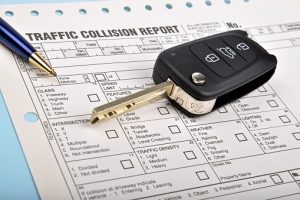 Drivers in the state of New York have to buy no fault insurance coverage. The maximum amount of money available under no fault coverage is $50,000. No fault coverage pays for medical bills and loss of wages after an accident. If you exceed the $50,000 in basic no fault benefits, you can apply for additional benefits available through auto policies from other household members or other vehicles you occupied. No fault coverage is also called
Drivers in the state of New York have to buy no fault insurance coverage. The maximum amount of money available under no fault coverage is $50,000. No fault coverage pays for medical bills and loss of wages after an accident. If you exceed the $50,000 in basic no fault benefits, you can apply for additional benefits available through auto policies from other household members or other vehicles you occupied. No fault coverage is also called  Rear-end accidents
Rear-end accidents